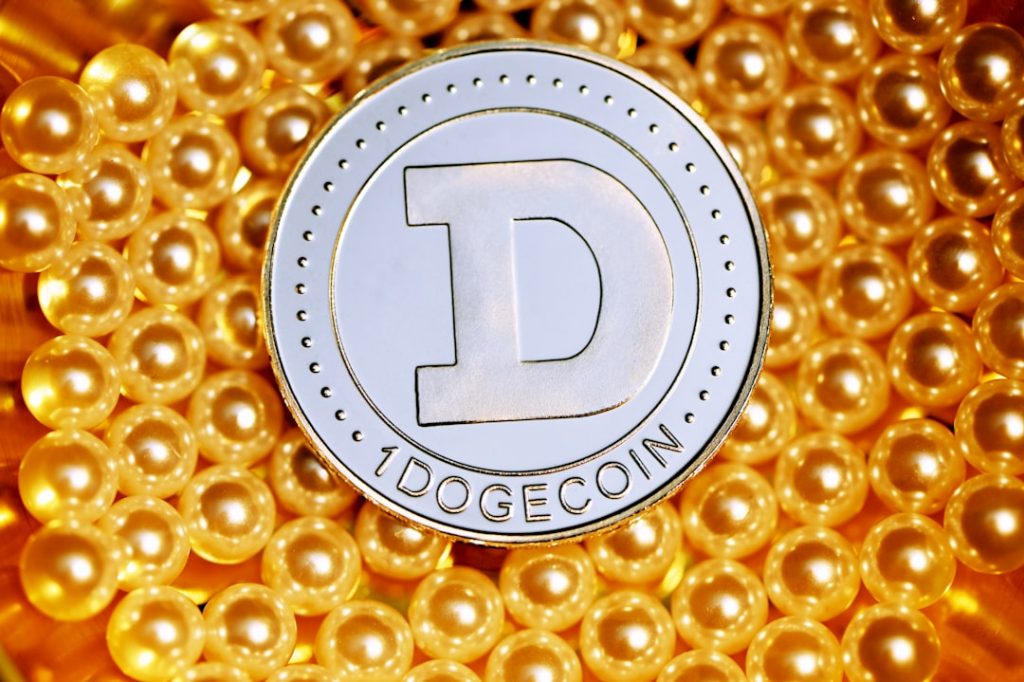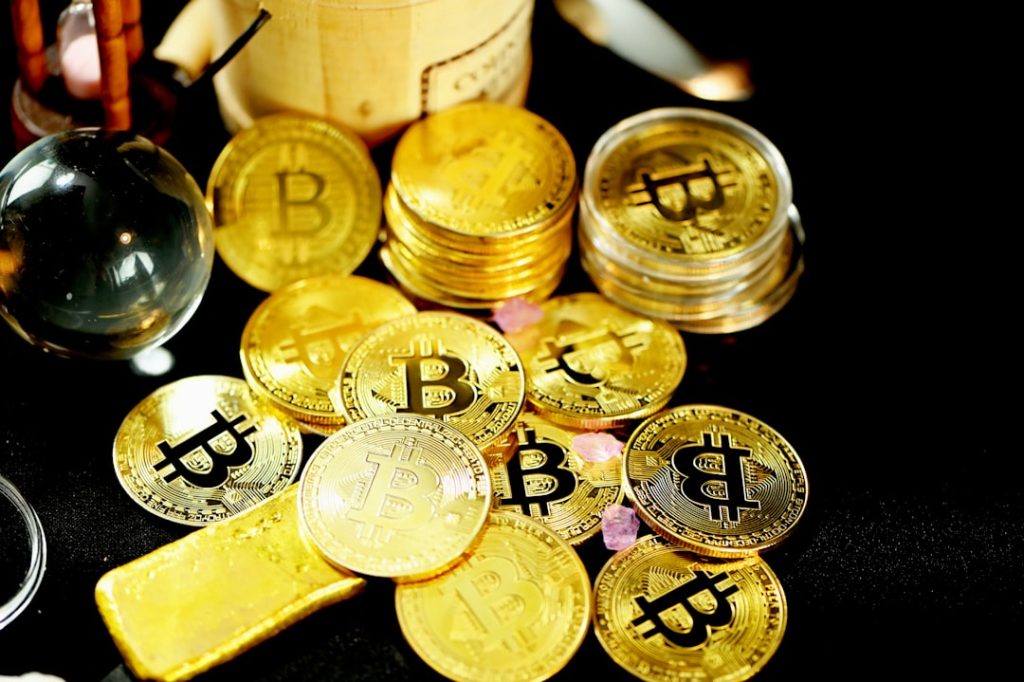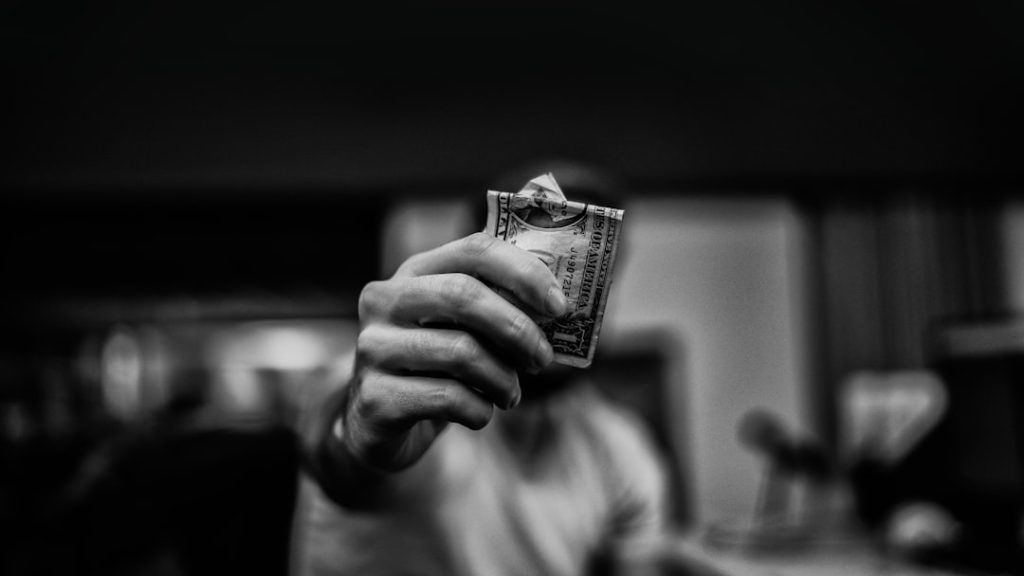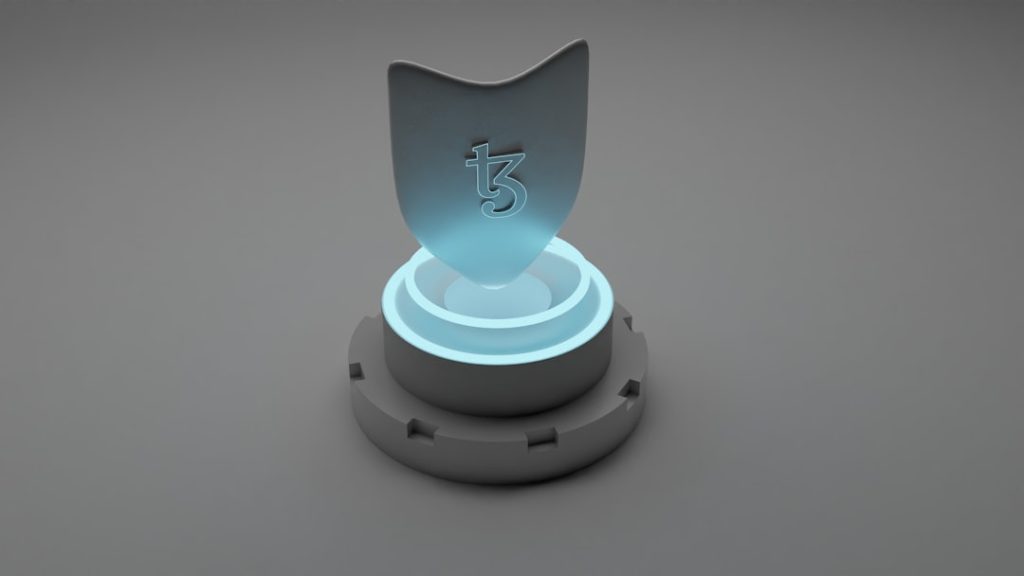NFTs, or Non-Fungible Tokens, are a type of digital asset that represent ownership of a unique item or piece of content, like art, music, or videos. Unlike regular cryptocurrencies like Bitcoin, which are all the same and can be exchanged one-for-one, NFTs are unique and cannot be exchanged on a one-for-one basis. This uniqueness is what makes NFTs special.
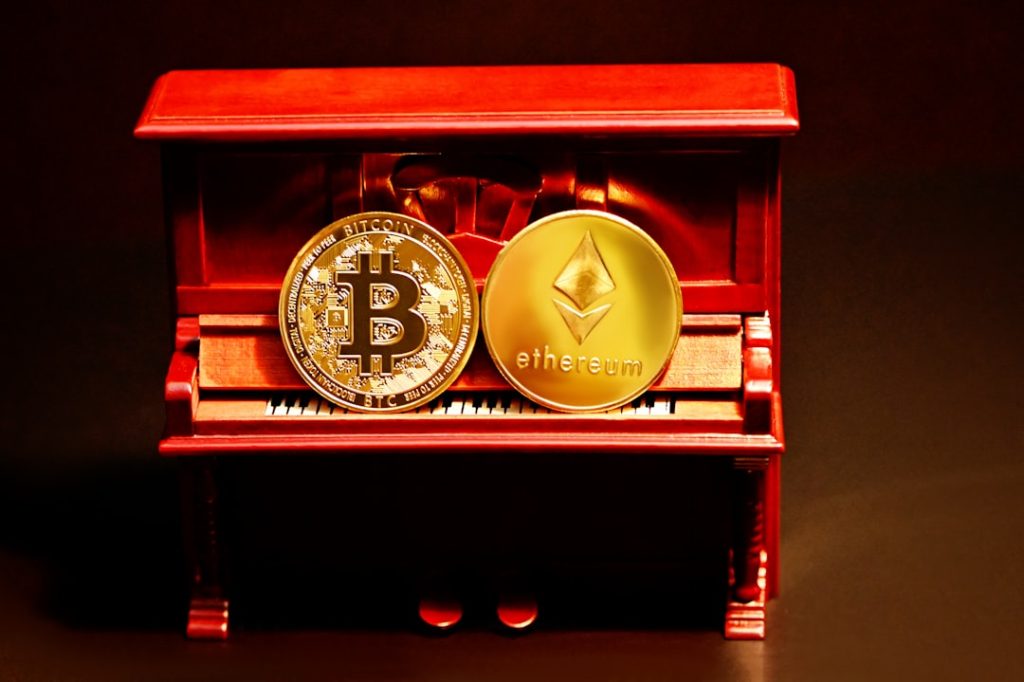
Digital Asset: A digital item that exists only online, like a piece of digital art or a video.
Non-Fungible: Something that is unique and cannot be replaced with something else. For example, a one-of-a-kind trading card is non-fungible, while regular money, like dollars, is fungible because each dollar is the same as any other dollar.
Token: A digital certificate of ownership that is stored on a blockchain. In the case of NFTs, this token shows who owns a particular digital asset.
Blockchain: A secure, digital ledger that records transactions. It is used to verify and track the ownership of NFTs.
People buy and sell NFTs online using cryptocurrencies. When someone buys an NFT, they get a digital token that proves they own the unique digital item. This ownership is recorded on the blockchain, so everyone can see who owns what.
In summary, NFTs are real in the sense that they represent ownership of unique digital items. They are bought, sold, and traded on various online platforms, and their ownership is tracked using blockchain technology. This makes NFTs a new and interesting way for artists and creators to sell their work and for collectors to own unique digital items.
How do NFTs work?
NFTs use blockchain technology to create a digital certificate of ownership. This certificate is stored on the blockchain, which is a secure and transparent digital ledger. The blockchain ensures that the ownership of the NFT is verifiable and cannot be changed or duplicated.
Why are NFTs valuable?
NFTs are valuable because they are unique and can represent rare digital items. The value of an NFT is determined by its rarity, demand, and the reputation of the creator. Just like physical collectibles, the value can fluctuate based on these factors.
Can NFTs be copied or stolen?
While the digital content associated with an NFT can be copied, the ownership certificate cannot be duplicated. This means that while others can view or download the digital content, only the owner of the NFT has the official proof of ownership recorded on the blockchain. However, the platforms where NFTs are bought and stored can be vulnerable to hacking, so it’s important to use secure methods for storage.
What are some common uses for NFTs?
NFTs are commonly used for digital art, collectibles, music, videos, and even virtual real estate. They allow creators to sell their digital works directly to buyers, and collectors to own and trade unique digital items.
Are NFTs environmentally friendly?
Creating and trading NFTs can use a lot of energy, which has raised concerns about their environmental impact. This is because the process of verifying transactions on the blockchain, called mining, requires significant computational power. Some platforms are working on more energy-efficient methods to address this issue.
How can I buy an NFT?
To buy an NFT, you need to use a cryptocurrency, usually Ethereum. You can purchase NFTs on various online marketplaces designed for trading digital assets. It’s important to do thorough research and use reputable platforms to ensure the security of your transaction.
What should I consider before buying an NFT?
Before buying an NFT, consider the reputation of the creator, the rarity of the item, the platform’s security, and the environmental impact. Additionally, be aware of the potential for scams and do your research to avoid fraudulent listings.
Are NFTs a good investment?
NFTs can be a good investment for those who understand the market and are willing to take on the risks. The value of NFTs can fluctuate widely, and there is no guarantee of profit. It’s important to invest wisely and only spend what you can afford to lose.
NFTs, or Non-Fungible Tokens, are a type of digital asset that represent ownership of a unique item or piece of content, like art, music, or videos. Unlike regular cryptocurrencies like Bitcoin, which are all the same and can be exchanged one-for-one, NFTs are unique and cannot be exchanged on a one-for-one basis. This uniqueness is what makes NFTs special.
Key Terms
- Digital Asset: A digital item that exists only online, like a piece of digital art or a video.
- Non-Fungible: Something that is unique and cannot be replaced with something else. For example, a one-of-a-kind trading card is non-fungible, while regular money, like dollars, is fungible because each dollar is the same as any other dollar.
- Token: A digital certificate of ownership that is stored on a blockchain. In the case of NFTs, this token shows who owns a particular digital asset.
- Blockchain: A secure, digital ledger that records transactions. It is used to verify and track the ownership of NFTs.
Why People Buy NFTs
People buy and sell NFTs online using cryptocurrencies. When someone buys an NFT, they get a digital token that proves they own the unique digital item. This ownership is recorded on the blockchain, so everyone can see who owns what.
Reasons for Buying NFTs
- Collectibility: Just like collecting rare physical items, people enjoy collecting unique digital items.
- Investment: Some people buy NFTs hoping their value will increase over time, so they can sell them for a profit later.
- Supporting Artists: Buying NFTs is a way to support digital artists and creators by purchasing their work directly.
- Ownership and Authenticity: NFTs provide proof of ownership and authenticity for digital items, which is important for collectors.
Problems and Challenges
While NFTs are exciting and have many benefits, they also come with problems and challenges.
Environmental Impact
Problem: Creating and trading NFTs can use a lot of energy, which is bad for the environment.
Solution: Some platforms are working on using more energy-efficient methods to reduce the environmental impact.
Market Speculation
Problem: The value of NFTs can be very speculative, meaning prices can go up and down quickly, which can be risky for buyers.
Solution: Buyers should do their research and be careful about how much they invest in NFTs.
Copyright Issues
Problem: There can be problems with people selling NFTs of content they don’t own the rights to, which can lead to legal issues.
Solution: It’s important to verify the authenticity and ownership of digital content before buying an NFT.
Expert Opinion
“NFTs are transforming the way we think about ownership and value in the digital world, but they come with significant challenges that need to be addressed.”
Learn More About NFTs
To better understand NFTs and their impact, you can watch this informative video:
Future of NFTs
NFTs are a new and interesting way for artists and creators to sell their work and for collectors to own unique digital items. As the technology improves and solutions to the challenges are developed, NFTs could become an even more important part of the digital world.

